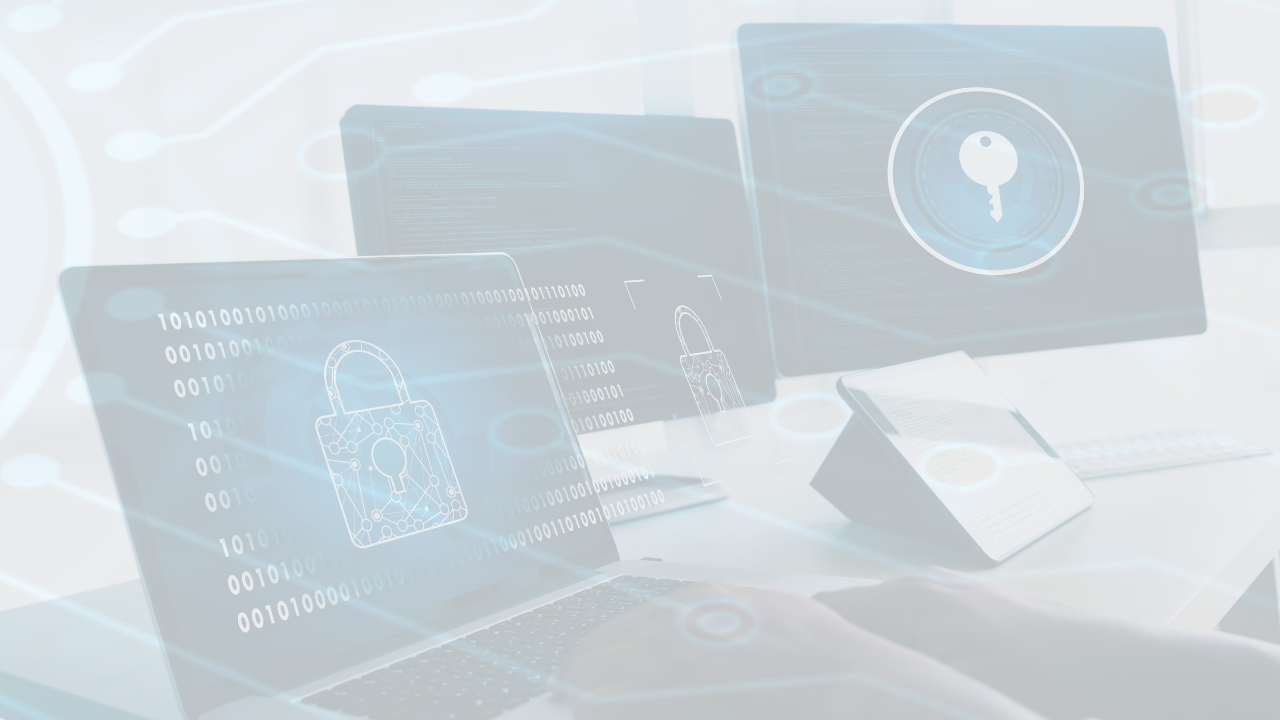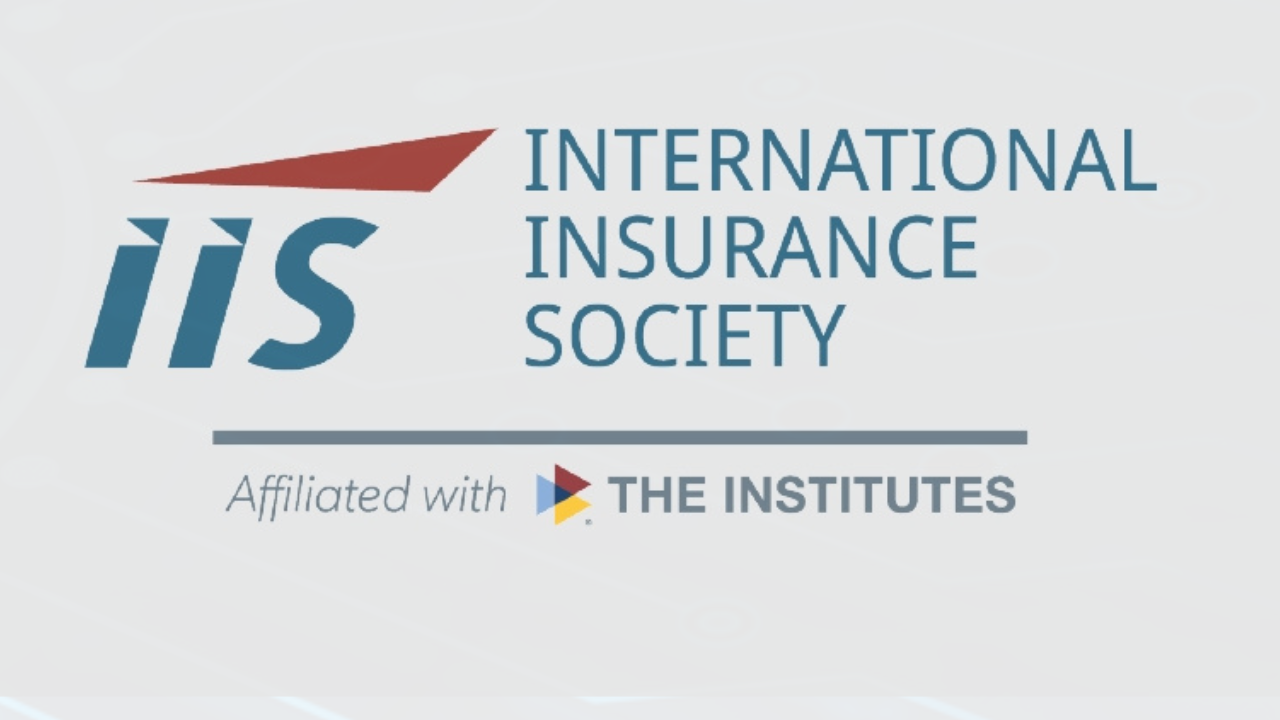
In the ever-evolving digital landscape, organizations face an overwhelming mix of cyber threats. For years, the industry has focused on cyber risk quantification—assigning numerical values to threats and vulnerabilities to calculate potential financial impact. While an important step forward in risk management, quantification alone often falls short of enabling real-world decision-making.
At Astragar, we believe the next step is Cyber Risk Contextualization—a methodology that not only quantifies cyber risks but places them in the business, operational, and strategic context where organizations actually make decisions.
Why Quantification Isn’t Enough
Quantification has provided a common language for boards and security teams, translating technical metrics into financial terms. However, numbers without context quickly become misleading:
-
Two risks with identical financial projections may have very different strategic importance.
-
A “low probability–high impact” scenario might appear tolerable on spreadsheets but be existential when tied to brand reputation.
-
Regulatory or third-party obligations can transform a modest financial risk into something mission-critical.
For decision-makers, the “what does this mean for us?” question goes unanswered by quantification alone. That’s where contextualization makes the difference.
What Is Cyber Risk Contextualization?
Cyber Risk Contextualization is Astragar’s unique methodology that moves beyond financial estimates to emphasize relevance, alignment, and actionability. It integrates technical, financial, operational, and strategic lenses to give organizations a complete understanding of risks within their own ecosystem.
It’s not just about measuring “how much” risk exists; it’s about explaining:
-
Which risks matter most within your business model.
-
How threat scenarios map directly to critical processes and assets.
-
Which risks are tolerable, transferable, or demand urgent mitigation.
-
How cyber posture aligns to both compliance and competitive advantage.
In short, contextualization bridges the gap between cyber risk analysis and business clarity.
Our Methodology in Action
At Astragar, we use Cyber Risk Contextualization to guide organizations through a structured, layered process:
-
Discovery of “Business Crown Jewels” – Identify the critical processes, data, and systems that drive enterprise value.
-
Mapping Risks to Reality – Instead of modeling risks in isolation, connect them to actual workflows, supply chains, and regulatory landscapes.
-
Balancing Quantitative and Qualitative Inputs – Pair financial loss probabilities with reputational, compliance, and strategic impacts.
-
Decision-Oriented Outputs – Deliver insights tailored for the level of decision-maker—whether it’s the board, the CISO, or operational teams.
The outcome is a risk picture that is both quantitatively precise and strategically meaningful.
Why Contextualization Matters Now
As cyber threats increase in complexity, executives and regulators alike demand clarity, not just numbers. Organizations that embrace contextualization can:
-
Prioritize investments with direct alignment to core business objectives.
-
Communicate risks to the board in language that resonates beyond IT.
-
Avoid the trap of overinvesting in “high numbers” while neglecting strategic risks.
-
Transform cybersecurity from a defensive cost center into a source of resilience and trust.
The Astragar Difference
By pioneering Cyber Risk Contextualization, Astragar enables organizations to move from mere measurement to true understanding, empowering leadership to act with confidence. Our methodology ensures you know not just how much risk you face, but why it matters, where it matters, and what to do about it.
Cybersecurity is no longer just about defense. With contextualization, it becomes a driver of intelligent business strategy.



